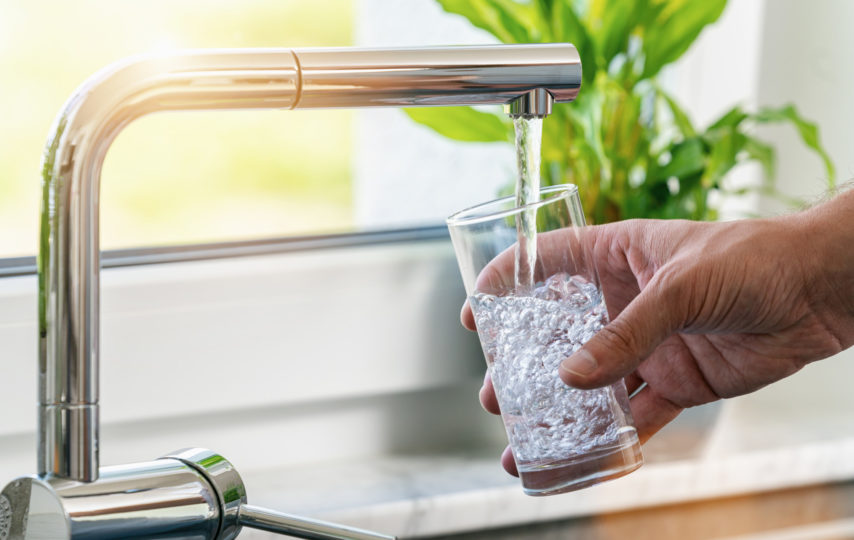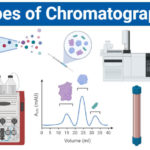85% of American homes have to deal with hard water. Indianapolis, Las Vegas, Minneapolis, Phoenix, San Antonio, and Tampa are known for having the hardest water supply in the US. Yikes!
There is good news, though: hard water is an easy fix. All you need is a water softener system.
What is that and how does a water softener system work? We’re answering those questions next, so keep reading. If you want to find Chemistry Tuition in Singapore, then visit here https://seb-academy.com/o-level-chemistry-tuition-singapore/.
But First, What Is Hard Water?
To understand why you’d want to use a water softener in the first place, you need to know about hard water.
So, what is hard water? Hard water is the term for water that contains a high concentration of minerals like calcium and magnesium.
When water passes through certain mineral deposits (e.g., gypsum, chalk, or limestone), minerals can build up in the water supply. These minerals ultimately deposit on your faucet, sink, and dishes as scale.
The Disadvantages of Hard Water
And what’s so bad about scale? When left untreated, scale can cause a whole host of problems for your home.
Scale deposits from hard water can lead to clogged pipes, decreased water pressure, and damaged hot water appliances, including dishwashers.
Your home isn’t the only thing you have to worry about hard water affecting. Your clothes, your skin, and even your hair can bear the brunt. For all of these reasons and more, a water softener is critical for any home dealing with hard water. One simple solution of getting soft water for your bath is using Water Softener Shower Head.
Water Softeners: Explained
Water softeners can eliminate the harmful effects of hard water once and for all. Through a special process called ion exchange, water softeners eliminate the minerals from your hard water, making it safer for you and your home.
How Does a Water Softener System Work?
Think back to your high school chemistry course. Remember ions? Ions are positively or negatively charged atoms.
Here’s the thing about ions: positive ions attract negative ions and vice versa. That means if you place negative and positively charged ions near each other, they’ll attract.
This is the principle behind how a water softener works. Minerals like calcium and magnesium are positively charged ions. That means they’re attracted to ions that are negatively charged.
Most residential water softeners come with mineral tanks. These mineral tanks contain plastic beads that are charged with ions, which gives them a negative charge.
When water passes through the mineral tank, the plastic beads attract all the negatively-charged minerals in your water. This effectively removes them from your water supply, producing less harmful soft water.
Sound good? Then it’s about time you installed a water softener in your home. Check out this page for our top choice and fix your hard water problem for good.
The Final Word on Hard Water and Water Softeners
Hard water can wreak havoc on your home and even your health.
Prevent those effects with a water softener. Water softeners use charged plastic beads to attract minerals out of your water supply, creating safer soft water.
So, how does a water softener system work? Now that you know the answer, keep scrolling for more articles like this one!













